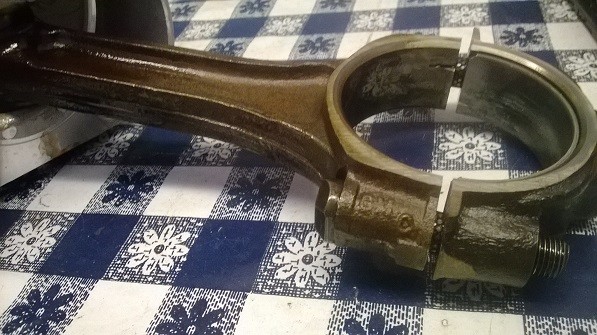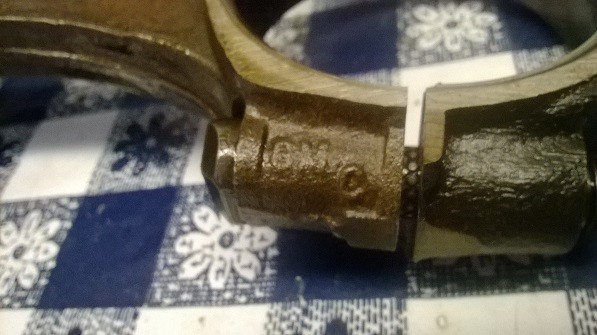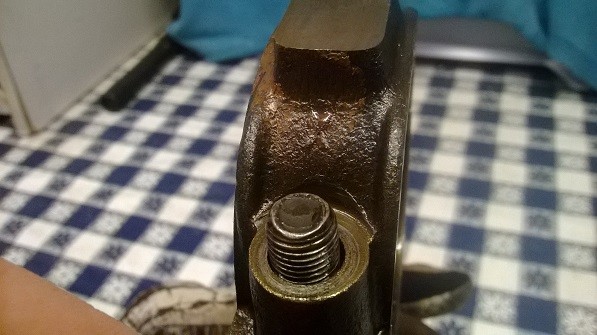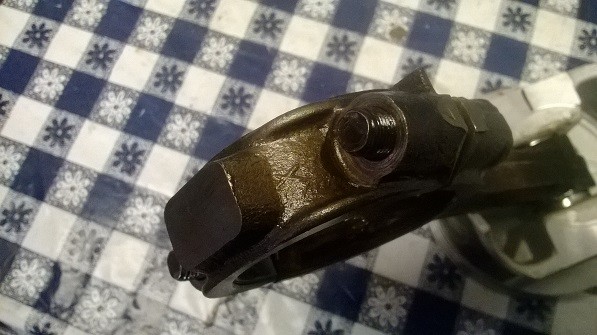76GrayVette
Member
I know, I know Indy, I need to measure, and I definitively will. I'm just trying to form a plan and do some of the legwork now so it's not so much when I'm ready to buy parts.
Thanks for the info on the Weiand. It does look like the one I need but I'll call them to be sure. The way they word it is a bit misleading. My 76 is in the 55-86 range obviously but it doesn't have aluminum heads stock, it has the old 882 heads. So I guess they mean only the 87 up corvettes had the aluminum heads stock.
Yeah I'm not going to worry a whole lot about the not2fast number. Several other DCR calculators you guys have given me show I should have about a 157 psig gauge reading which would be about a 171.7 actual cylinder pressure.
I have considered using a thinner head gasket but it just scares me a bit. I'm going to check clearances but I don't want to be on the edge so I'm worrying about it all the time. I have read several places that say 0.060" quench is about the max without getting into detonation so I'm good from that perspective. There are so many different opinions everywhere it's hard to pick and choose. You guys here seem to be some of the most knowledgeable though.
My DCR would be excessive nor would my SCR plus I plan on routing in some cooler air to the carb and using a cool thermostat to help fend off detonation as well so maybe my quench doesn't have to be the absolute minimum?
I would like about a 0.032" thick gasket but the only ones I've found so far are copper which I'm unsure about and most require O-ringing or Cometic which I've read require a specific finish and are really expensive. I'll keep looking.
Thanks for the info on the Weiand. It does look like the one I need but I'll call them to be sure. The way they word it is a bit misleading. My 76 is in the 55-86 range obviously but it doesn't have aluminum heads stock, it has the old 882 heads. So I guess they mean only the 87 up corvettes had the aluminum heads stock.
Yeah I'm not going to worry a whole lot about the not2fast number. Several other DCR calculators you guys have given me show I should have about a 157 psig gauge reading which would be about a 171.7 actual cylinder pressure.
I have considered using a thinner head gasket but it just scares me a bit. I'm going to check clearances but I don't want to be on the edge so I'm worrying about it all the time. I have read several places that say 0.060" quench is about the max without getting into detonation so I'm good from that perspective. There are so many different opinions everywhere it's hard to pick and choose. You guys here seem to be some of the most knowledgeable though.
My DCR would be excessive nor would my SCR plus I plan on routing in some cooler air to the carb and using a cool thermostat to help fend off detonation as well so maybe my quench doesn't have to be the absolute minimum?
I would like about a 0.032" thick gasket but the only ones I've found so far are copper which I'm unsure about and most require O-ringing or Cometic which I've read require a specific finish and are really expensive. I'll keep looking.













